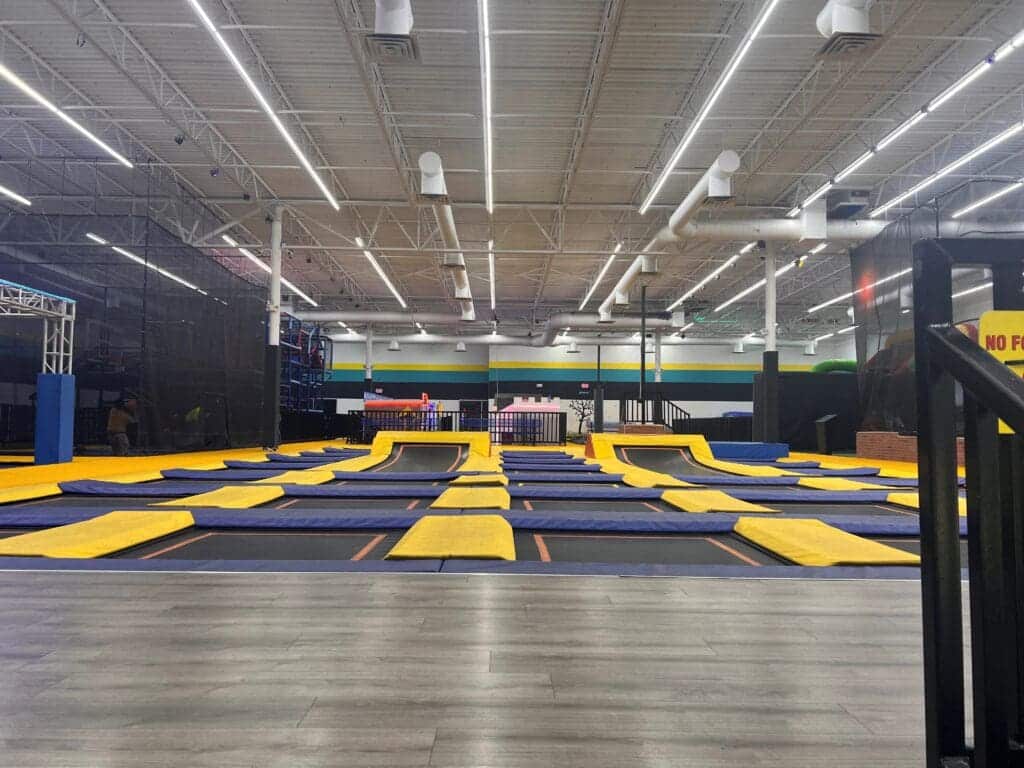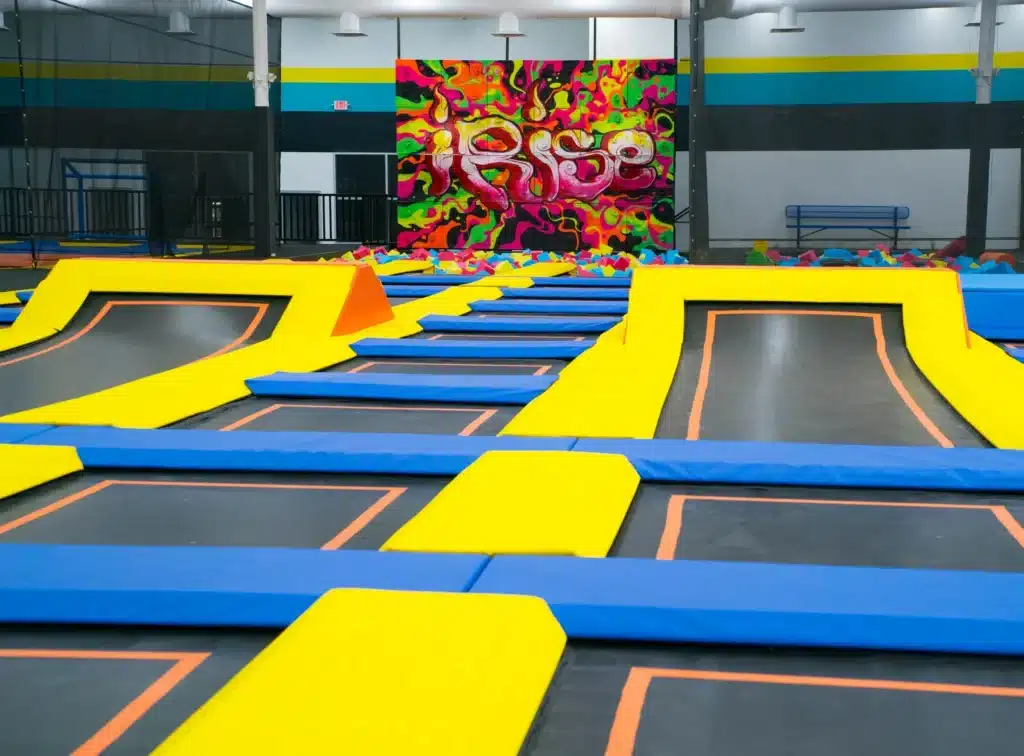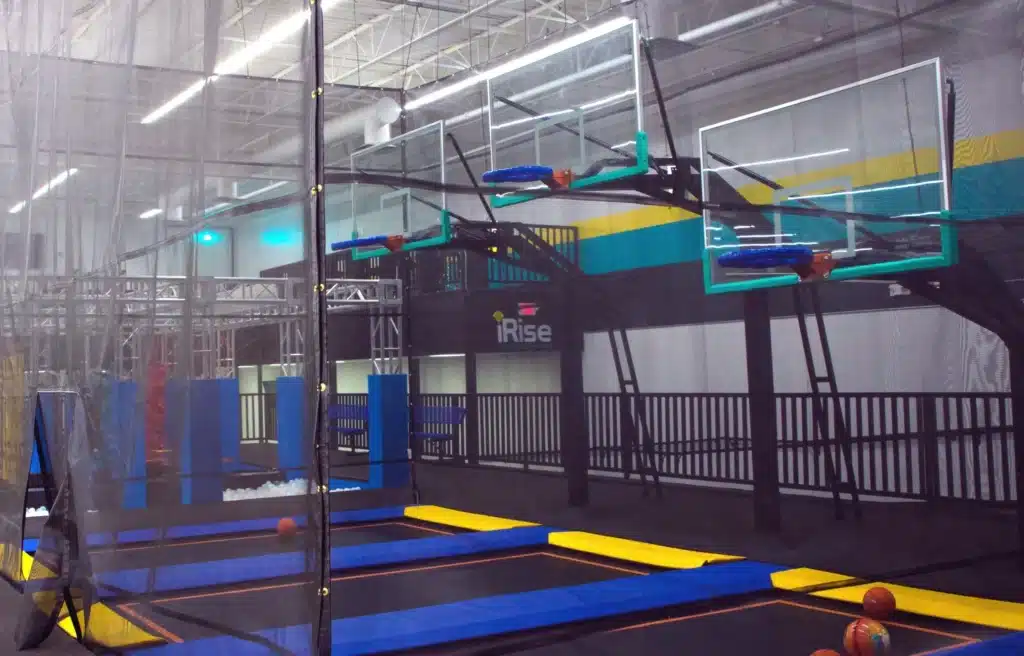Why Trampoline Parks are Great for Child Development
In the present day when the majority of kids prefer to leave their physical activities behind and spend most of their free time watching TV or playing games on a screen, it seems like finding ways to draw them back into the physical world and make them engage in active play is more important than ever. One of the best ways of doing this is by taking them to a trampoline park, which is a multi-functional venue, a source of fun and a way to make children develop physically and socially. In this post, we’re going to dwell upon the physical effects of bouncing, the way trampolining promotes social skills and the need to combine exercise with entertainment. The world offers a wide range of activities for kids of various age groups, each one of them designed to make a child develop physically and mentally. The popularity of trampoline parks has been rising for the past decade as they not only make a child have fun but also enable them to gain and improve their physical skills.

Physical Benefits of Bouncing
1. Enhances Cardiovascular Health
Trampoline parks are an interesting recreational activity for children that helps them to maintain their cardiovascular health at good level.
Aerobic exercise is a great way for people to enhance their cardiovascular health. It is helped by the fact that running, cycling and other aerobic training increase the heart rate and the speed of blood circulation. Trampoline jumping is an aerobic exercise, but it also helps cardiovascular health because it reduces stress on joints. That is because a trampoline surface absorbs the force of impact while you are jumping, and it is a safer way of exercising for young joints.
Overall, trampoline parks could be a good place where children can spend their free time in a useful way.
2. Improves Coordination and Balance
One of the most immediate benefits noticed is improved co-ordination and balance. By jumping on a trampoline, children use several muscles groups at once, and build their proprioceptive system (system that manages body or limb position sense). It requires them to make constant adjustments to stay balanced, improving their motor skills and co-ordination.
3. Strengthens Muscles
Playing on a trampoline requires the use of several muscle groups including the legs, core, and arms (if they are performing flip moves or other tricks). As time goes on, the act of jumping continuously helps to build up the strength of the muscles, keeping the person fit and toned.
4. Boosts Lymphatic Circulation
Bouncing can benefit us at the cellular level too, with the rhythmic up and down of trampolining activating the lymphatic system, which helps to detoxify the body by flushing out toxins. Improved lymphatic circulation means a stronger immune system and better general health.

How Trampoline Play Encourages Social Skills
1. Teamwork and Cooperation
The attraction around trampoline parks are usually cooperative games that the children have to play together as a team. Whether participating in a game of trampoline dodge ball or completing an obstacle course together, these activities require children to work together as a team. Co-operative team activities can help children develop their social communication skills and the value of working together.
2. Interpersonal Relationships
The social environment of a trampoline park is conducive to meeting new friends, and to strengthening existing friendships; many of the activities require collaboration, and children must interact, share with, and negotiate the rules among each other in order to make the most of their visit to the trampoline park, developing all-important interpersonal skills.
3. Conflict Resolution
We can argue that it can happen with group play, but that’s not always a bad thing. In fact, many kids are learning how to deal with conflicts from disagreements they have on the trampoline because these parks have adults or trained staff to help children find solutions that are fair to both parties. Learning how to deal with disagreements and come up with mutual understandings are important life lessons.
4. Confidence Building
Whether it is learning a new flip or conquering an obstacle course, learning a new trick can give a child a boost of self-esteem and confidence. When the child receives positive reinforcement from friends and parents, this effect is enhanced, and the child can feel more capable and confident.
Balancing Exercise and Fun in Trampoline Parks
1. Incorporating Variety
Perhaps one of the biggest strengths of the trampoline park experience is the variety of activities available, from freestyle bouncing zones to foam pits, dodgeball courts and climbing walls. This variety keeps kids interested and ensures they are working different muscles and maximizing physical benefits, rather than getting bored.
2. Structured Play
Many trampoline parks offer structured classes or play periods, which might be perfect for combining fun and exercise. Structured activities, such as trampoline fitness classes or gymnastics sessions, leverage the fun of trampoline play within a guided exercise session.
3. Free Play and Exploration
Structured activities are important but, I believe, so is free play, where children can express themselves and explore being creative and doing things in their own way. The trampolines at these parks allow for buckets of unstructured bouncing. Children can move and explore as they like. They can choose from a variety of activities that are available for them on their own terms.
4. Parental Involvement
A critical role of parents is to ensure that the session of exercise on the trampoline is equally balanced with fun. Parents could either participate in these activities with their children or cheer for them from the sideline. The response from parents or encouragements from parents will actually turn the activity more fun and rewarding. Parents could also organize some family-oriented activities which signifies a team spirit among the parents and children.

Conclusion
The benefits of trampoline parks for children are more than just pure fun. The outcomes of trampoline play can span across physical, social and developmental spectrums. This form of play improves children’s cardiovascular health, upper- and lower-body coordination, teamwork skills, confidence and more. Trampoline parks that combine structured play with unstructured play provide an ideal setting for the fun of exercise.
So next time you’re looking for a healthy, social, fun activity for your child, go to the trampoline park. You may have just found the right prescription for exercise, social interaction, and fun.
